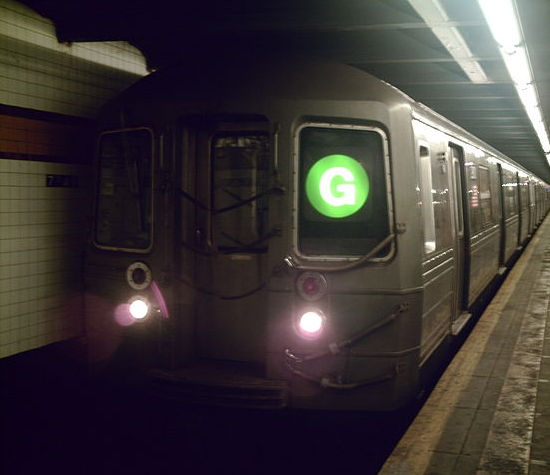Surprise! MTA eases up on fare hikes
More service also coming to M, L and G routes

Screen Shot 2013-11-13 at 4.20.59 PM.png
In the wake of its new Final Proposed 2014 Budget and Four-Year Financial Plan, the MTA expects that a combination of cost-cutting measures, lower expenses and higher operating revenues will allow the agency to reduce by almost half the previously projected fare and toll increases scheduled for 2015 and 2017.
Fare increases every two years were agreed to in 2009 in a deal between the transit agency and the Governor’s Office.
The budget plan, released on Wednesday, limits the growth of expenses in 2014 to 1.96 percent, in line with the rate of inflation.
